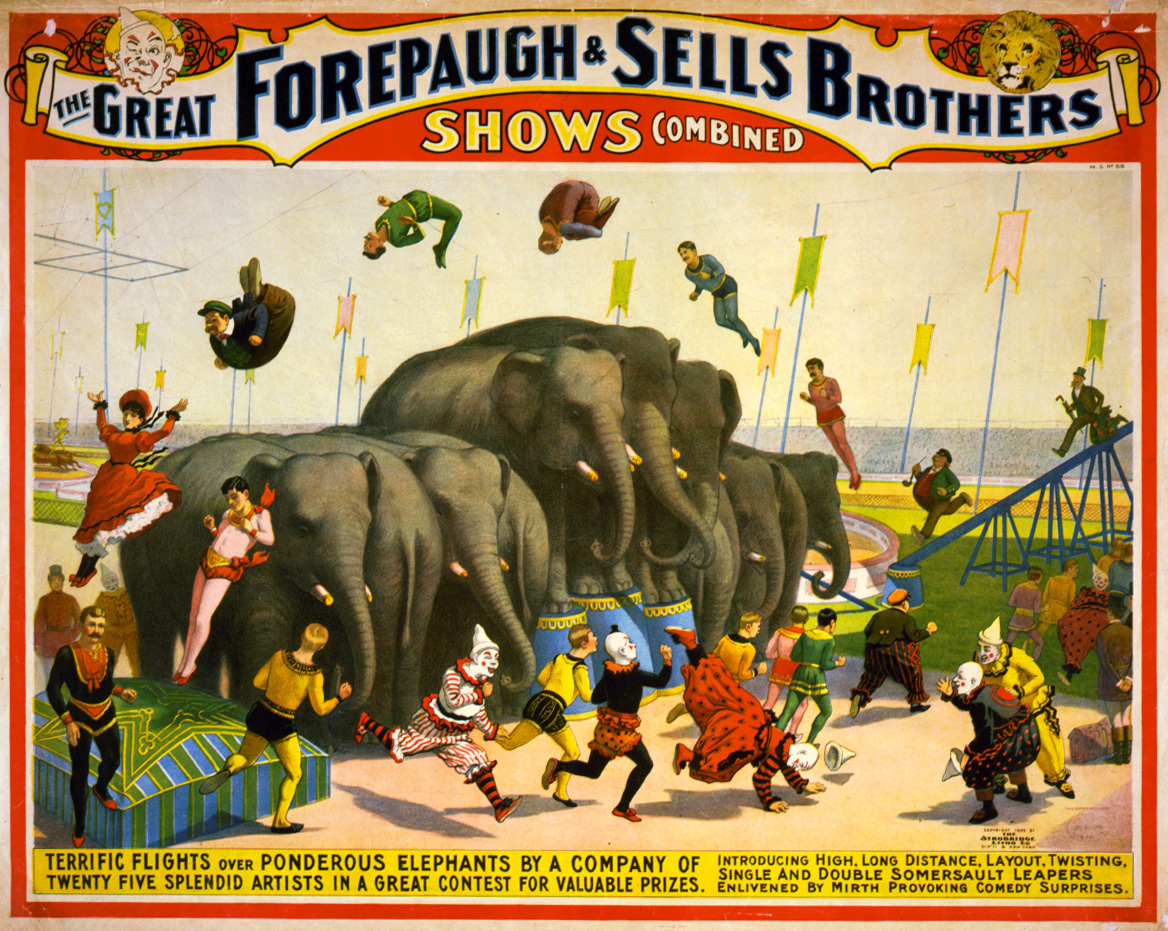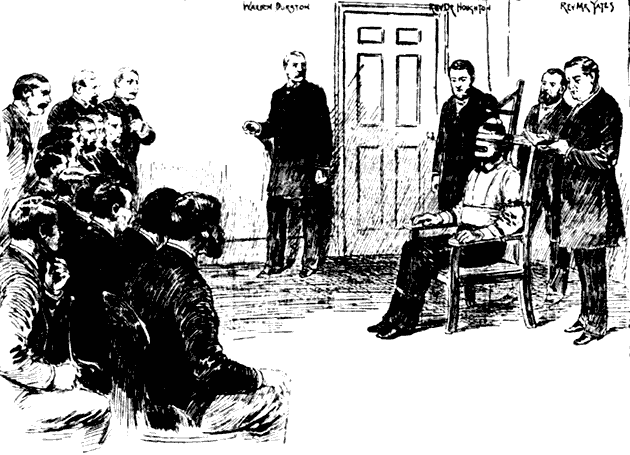 |
| Portrait of a young man believed by some to be Christopher Marlowe |
In the Sixteenth Century the small port of Deptford had two claims to fame. It was here that Francis Drake arrived in 1581 after circumnavigating the world and where he was knighted onboard his ship Golden Hind by Queen Elizabeth. And it was at Deptford in 1593 that Christopher Marlowe was murdered.
Marlowe was born in Canterbury in 1564, the same year as Shakespeare. His father, like Shakespeare’s, had been a local councillor, but, unlike Shakespeare, Marlowe was the fortunate recipient of a university scholarship thanks to a generous endowment from a former Archbishop of Canterbury and a native of the town.
Marlowe duly enrolled into Corpus Christi College, Cambridge, in 1580, at the age of fourteen, for seven years reading Divinity in preparation for a life in Holy Orders. However, like everything in Marlowe’s life, his university career was tempestuous, for at some point he was recruited into the Intelligence Service run by the shadowy spook figure of Sir Thomas Walsingham.
At that time Europe was divided on religious lines. In crude terms, the north was Protestant and the south Catholic. England was Protestant, and King Philip II of Spain believed that he had a holy mission to restore Roman Catholicism throughout Europe. But Protestant England was a thorn in his side as it was actively aiding Dutch Protestants to resist Spanish occupation of their country.
It was also personal, as the English monarch, Queen Elizabeth I, was the Protestant half-sister of Philip's former wife, Queen Mary I of England, and after Catholic Mary’s death it was Elizabeth who had returned England to the Protestant faith.
It was expected that at some point Spain would embark upon an invasion of England and that English Catholics would rise up to form a fifth column to aid the invaders. Walsingham believed that he had identified a Jesuit seminary in Rheims (France) to be a hotbed of plots against the English Realm, so he, or one of his aids, dispatched Marlowe to the seminary to spy on English students enrolled there.
Marlowe was absent so long from Cambridge that the university, at the end of his term, refused to grant him his Master’s degree. But Marlowe by this time had some powerful allies, and was able to produce a letter from Her Majesty’s Privy Council:
Whereas it was that reported that Christopher Morley was determined to haue gone beyond the seas to Reames and there to remaine, Their Lordships felt good to certefie that he had no such intent, but that in all his accions he had behaued him selfe orderlie and discreetlie wherebie he had done her Majestie good service, & deserued to be rewarded for his faithfull dealinge…
The play dramatises the life of the historical ruler Tamburlaine, and consists of a bloody battle (real blood, too, pig’s or sheep’s, concealed in a pouch in an actor’s tunic, and burst at a strategic moment in a fight), followed by a victory procession, flags waving and drums beating; then another bloody battle, another procession, more flags, more drums; and all rounded off with Marlowe’s ‘mighty line’ [Ben Jonson] spoken by the greatest actor of the age, Edward Alleyn, in the title role.
The audience, in fact, had been warned in advance by the Prologue of what to expect:
We’ll lead you to the stately tent of war,
Where you shall hear the Scythian Tamburlaine
Threat’ning the world with high astounding terms,
And scourging kingdoms with his conquering sword.
In one performance of a play (possibly Tamberlaine), weapons were discharged on stage, but, according to one spectator, ‘one of the players’ hands swerved, his piece being charged with bullet, missed the fellow he aimed at, and killed a child, and a woman-great-with-child forthwith, and hurt another man very sore’. [Account of Philip Gawdy, a lawyer,November 16, 1587]
The Puritans hated hated Marlowe's play, but the audiences and the theatre owners loved it, and Marlowe quickly produced a sequel - Tamburlaine the Great, Part II. More plays followed - The Jew of Malta; Dr. Faustus; Edward II, Marlowe’s only English history play. In each play the central character is striving to achieve something, often at the expense of others. In Marlowe there is no Christian belief that everyone has a worth. On the contrary, if a victim is weak or gullible enough to be victimized then he deserves everything he gets.
Marlowe’s own life, meanwhile, was almost as dramatic as his plays, as some time between September 9 and October 2, 1589, he was thrown into Newgate Prison on no less a charge than murder.
It concerned an affray which took place on Hog Lane between Marlowe, Thomas Watson, a friend of Marlowe and with whom he may have been sharing a room, and a certain William Bradley. Its background was a debt of £14 owed by Bradley to John Alleyn, the brother of Edward Alleyn, the actor. Alleyn threatened to sue Bradley through the Court of Common Pleas through his attorney, Huge Swift, the brother-in-law of Thomas Watson. But matters rapidly deteriorated, to such an extent that Watson, John Alleyn and Attorney Swift decided to get physical and give Bradley a beating. Now Bradley was after vengeance, and set out to find Watson on Hog Lane near where he lived. But it was not Watson he found there, but Marlowe.
Swords were drawn and a fight began. Then Watson came sallying forth, and Bradley cried out: “Art thou now come then I will have a bout with thee”. They set to it with sword and dagger, until Watson lay dead with a wound six inches in depth and one inch in breadth, at the right side of his chest. Constable Stephen Wylde, a tailor by profession, arrived, and Watson and Marlowe were arrested ‘on suspicion of murder’ and taken to Newgate Prison.
 |
| "Art thowe nowe come? Then I will have a boute with thee". |
The county coroner with a jury of twelve sworn men decided that Thomas Watson slew William Bradley ’in self defence’ and ’not by felony’. Marlowe applied for and was granted bail, but not until he had spent about two weeks in Newgate. But Watson had to wait five months until his pardon arrived.
About two years later Marlowe was in trouble again, this time for uttering threats against the constables of Holywell Street. He was arraigned for disorderly conduct and bound over to keep the peace on payment of twenty pounds ’in good and lawful English money’.
While in Newgate Prison, according to the informer Baines, Marlowe spent his time learning how to counterfeit coins. Afterwards, Baines claimes, he boasted that he had ’as good Right to Coine as the Queen of England’. If this true it illustrates Marlowe’s foolhardiness since the punishment for forging money was to be boiled alive in oil.
1592 was a bad year for the London theatres as an outbreak of plague caused the authorities to close all public arenas. While waiting for the theatres to reopen Marlowe and Shakespeare began to write long narrative poems - Shakespeare Venus and Adonis, Marlowe Hero and Leander. Marlow probably withdrew to Scadbury, the residence in Kent of his patron Thomas Walsingham, the nephew of Sir Francis Walsingham and himself a prominent figure in the Intelligence Service. In 1598, when an second Spanish invasion was feared, it was to Thomas Walsingham that was given the charge of the defence of Kent.
Kyde was arrested, and under interrogation and possible torture claimed that he and Marlowe were ‘wrytinge in one chamber twoe yeares since’ and that their papers were shuffled together. The ‘vile heretical Coinceiptes’ were, therefore, the work of Marlowe and not of himself.
On May 18, 1593 a warrant of arrest was issued to one Henry Maunder, a messenger of Her Majesty’s Chamber, that he should ‘repaire to house of Mr Tho: Walsingham in Kent, or to anie other place where he shall understand Christofer Marlow to be remayning, and by vertue hereof to apprehend and bring him to the Court in his Companie. And in case of need to require ayd’.
Marlowe was duly arrested at Scadbury and taken before the Star Chamber to answer the charge. But for some reason, despite the seriousness of a blasphemy charge, he was not detained, but released on bail on condition that he 'giue his daily attendaunce on thier L[ordshi]ps vntill hee shalbe lycensed to the Contrary'.
Marlowe was released on May 20. Ten days later on May 30 he was killed in the house of Mistress Eleanor Bull, widow, in Deptford Strand.
The coroner’s inquest was held on June 1 with three witnesses - Ingram Frizer, Nicholas Skeres and Robert Poley, all of London and all described as gentlemen. According to the coroner, all three men together with Marlowe were supping at the house of Eleanor Bull, usually referred to as a tavern, and a dispute arose between Frizer and Marlowe over the bill, or as the coroner’s report called it, le recknyinge. Marlowe ‘of a sudden & of his malice towards the said Ingram’ drew his dagger ‘and gave the aforesaid Ingram two wounds on his head to length of two inches & of the depth of a quarter of an inch’. The report went on: ‘so it befell that in that affray that the said Ingram, in defence of his life, with the dagger aforesaid to the value of 12d gave the said Christopher then & there a mortal wound over his right eye of the depth of two inches & of the width of one inch; of which mortal wound the aforesaid Christopher Morley then & there instantly died’.
Frizer was committed back to prison to await his official pardon whereby the case was closed.
But no one really believes the inquest jury's verdict. It is more likely that Marlowe was lured to the house in Deptford in order to be murdered. Maybe it was an old settling of accounts as all those present were involved in espionage. Maybe it was more expedient to quietly eliminate him and avoid any embarrassing evidence at his heresy trial. There are even crackpot theories that he wasn’t killed at all but whisked off to the Continent where he spent the rest of his life writing Shakespeare’s plays.
After the theatres reopened in the autumn of 1594 the late-developer Shakespeare wrote some of his most loved plays - Romeo and Juliet; A Midsummer Night’s Dream; and The Merchant of Venice, the first of the romantic comedies, with its great creation Shylock.
Marlowe was buried in an unmarked grave in Deptford Parish Church (St. Nicholas’ and St. Luke’s) on June 1, 1593, two days after his killing. According to tradition it is located near the north wall of the fifteenth-century tower which is all that remains of the original church. A memorial plaque cites one of his lines:
Cut is the branch that might have grown full straight.
[Dr Faustus]
 |
| Christopher Marlowe in the burial register of St. Nicholas, Deptford. Reads: Christopher Marlowe slaine by ffrancis ffrezer; the I of Iune. |
 |
| Warrant for the arrest and apprehension of Christopher Marlowe. Privy Council entry dated May 18, 1593. |
.jpg)




_-_SLV_H91.250-164.jpg)














